1. Ricky and Lucy’s Couch-Centered Life
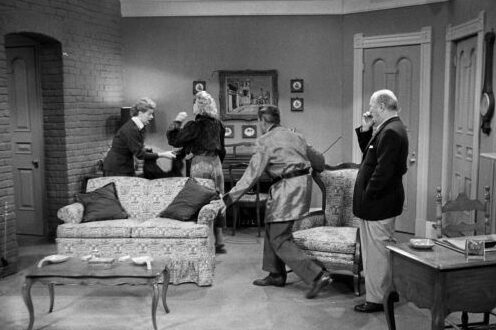
On I Love Lucy, almost everything happened in the living room. Sure the club was popular, but in the home, it was the living room (and the kitchen made brief appearances). Bedrooms were rare, leaving much of the home to the imagination. Audiences were more interested in Lucy’s antics and Ricky’s reactions than in the missing rooms. The set was built for performance, not architectural accuracy, so it felt complete without needing more. It was proof that warmth, humor, and personality could fill every corner, even if those corners were never shown. The magic lived in the moments, not in the square footage.
2. Rob and Laura’s Incomplete Floor Plan
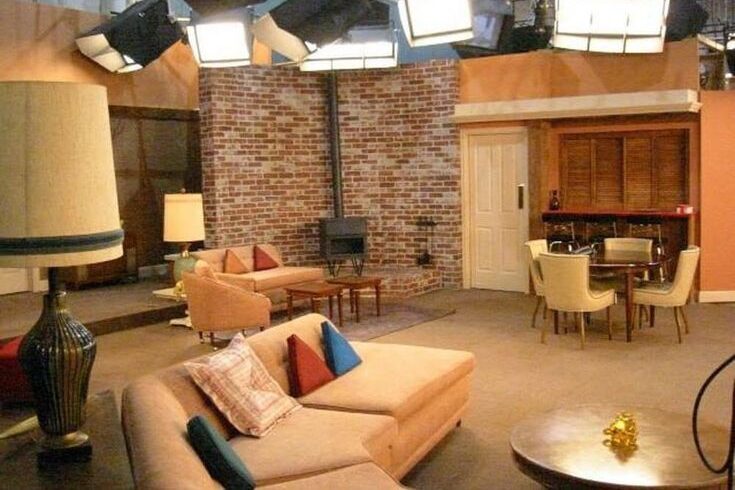
On The Dick Van Dyke Show, Rob and Laura Petrie’s living room felt real enough to walk into, complete with the famous ottoman in the intro. But if you looked closely, the rest of the house was inconsistent. The upstairs seemed to appear or disappear depending on the episode, and hallways often led nowhere. The focus was on witty dialogue and family charm, not on showing every room. That living room was where the stories came alive, and anything beyond it was just set dressing. It was a home for conversation and laughter, not a blueprint for real-life design.
3. Samantha’s Magic Room Makeovers
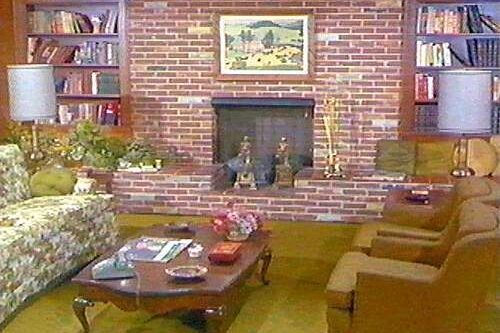
Bewitched had one of the most recognizable living rooms on television, always ready for a magical mishap. But beyond that space, the rest of the house was a shifting mystery. The kitchen sometimes seemed larger, bedrooms swapped sides, and even the backyard could change overnight. It felt natural within a world where magic was real, so viewers accepted the moving floor plan as part of the charm. The house bent to fit the story, and that flexibility made it feel alive. Samantha’s home was never static, and maybe that was the point. Change was simply part of the enchantment.
4. Andy’s Mayberry Mystery Rooms

The Andy Griffith Show made Andy Taylor’s living room the most welcoming spot in Mayberry. It was where heartfelt talks happened, neighbors dropped by, and family life unfolded. But the upstairs was almost never seen, and many other parts of the house stayed hidden. The focus was on the values shared in that one space, not the layout of the home. The set fit the tone of small-town life, where a single room could hold the heart of the story. Andy’s home worked because of the people in it, not because every inch was revealed to the audience.
5. The Skipper’s Hut with No Kitchen
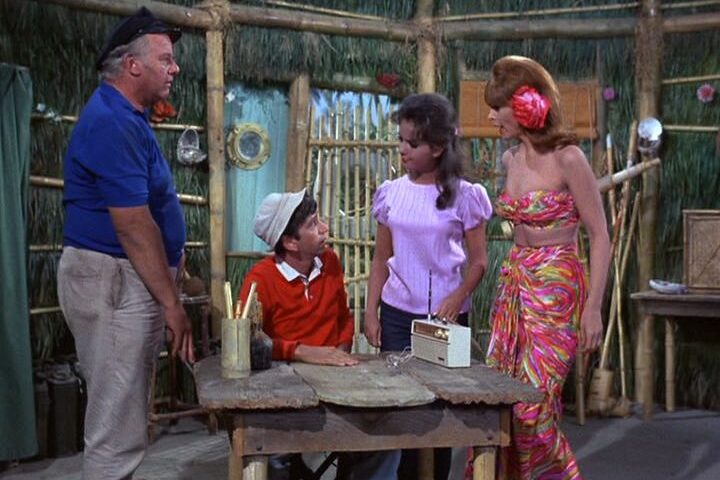
Gilligan’s Island may not have had a traditional house, but the Skipper’s hut and the communal meeting areas acted like sitcom living rooms. These spaces were where plans were made, problems were solved, and comic moments unfolded. Yet viewers rarely saw where anyone actually slept or cooked, which didn’t seem to matter in the grand scheme of things. The charm was in the shared moments and camaraderie, not the logistics of survival. The huts became home simply because of the people in them. They didn’t need a full blueprint to create a sense of belonging on the island.
6. The Douglas Family’s Endless Couch Time
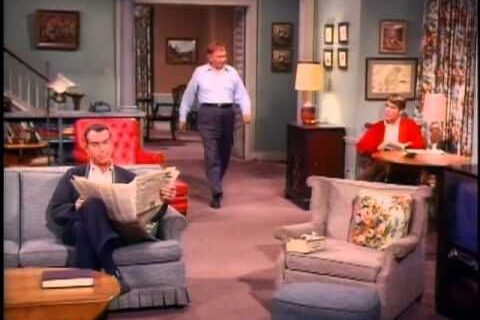
My Three Sons kept much of the action in the Douglas family’s comfortable living room. It was where conversations flowed, music played, and everyday life unfolded. But with three boys, their father, and various housekeepers, you might expect to see more bedrooms or hallways. Instead, those spaces were left to the imagination, keeping the camera on the relationships that mattered most. It was a place of togetherness, where the audience felt like part of the family. The living room was the heart of the home, and everything important happened there, making other rooms feel almost unnecessary.
7. The Clampetts’ Mansion Mystery

The Beverly Hillbillies gave us a lavish living room that looked straight out of a palace, complete with oversized furniture and ornate details. But the rest of the mansion remained mostly a mystery. For a house that supposedly had dozens of rooms, we rarely saw more than one or two beyond the parlor. This choice kept the focus on the Clampetts’ interactions rather than their wealth. Their down-home humor filled the space in a way that made the rest of the estate feel unimportant. The living room alone was enough to tell their fish-out-of-water story with warmth and charm.
8. Green Acres and the Doors to Nowhere

Green Acres turned its quirky Hooterville farmhouse into a comedy centerpiece. The living room and kitchen were charming in their own offbeat way, with uneven walls and mismatched decor. But beyond those rooms, the house was a maze of odd doors, some of which led nowhere at all. This unpredictability became part of the joke, fitting perfectly with the show’s absurd humor. The house wasn’t about realistic design; it was about creating a playful stage for Oliver and Lisa’s adventures. In that way, the missing spaces became a feature, not a flaw, and only added to the fun.
9. Herman Munster’s Shape-Shifting House
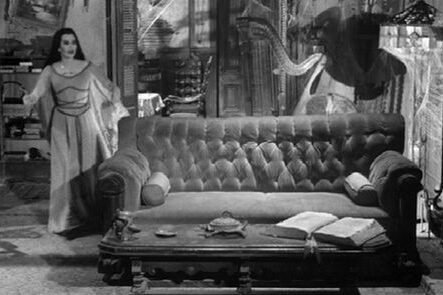
The Munsters had a gothic living room that was unforgettable, with cobwebs, odd artifacts, and a spooky sense of style. But beyond that, the rest of the house seemed to shift whenever needed. Grandpa’s lab could be in one place one week and somewhere else the next. Bedrooms appeared and vanished depending on the storyline. These changes felt right for a family that thrived on the unusual. The house reflected their personality, unpredictable and full of surprises. It wasn’t about showing where everything was. It was about letting the setting feel as alive and unpredictable as its unusual residents.
10. The Addams’ Ever-Changing Upstairs
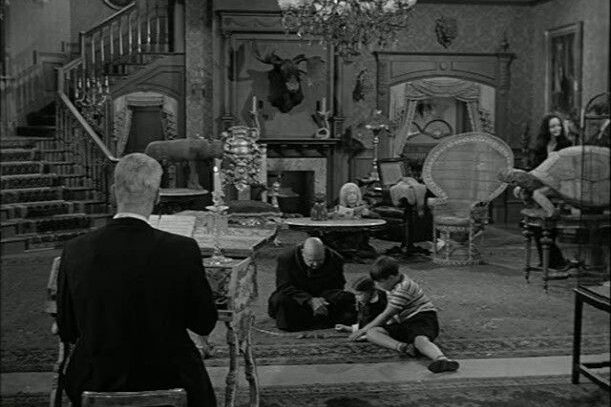
The Addams Family’s living room was its own character, filled with curious objects and eccentric charm. It was the backdrop for family banter and delightfully odd activities. But the rest of the house, especially the upstairs, seemed to change constantly. Hallways might lead to a bedroom one week and a storage closet the next. The inconsistency only added to the sense that the house itself had a mind of its own. In the end, the Addamses defined their home, not the floor plan. What stayed constant was the feeling of belonging, which mattered more than any fixed blueprint.
This story 10 Sitcom Living Rooms from the 1960s That Made Us Ask: Where’s the Rest of the House? was first published on Daily FETCH


